Dating from Tudor times, this is one of the oldest-surviving buildings in Bracknell. It remained a private residence until the 1930s, since when it has had a variety of uses, now a Wetherspoon pub.
Illustrations and text about the Old Manor House.
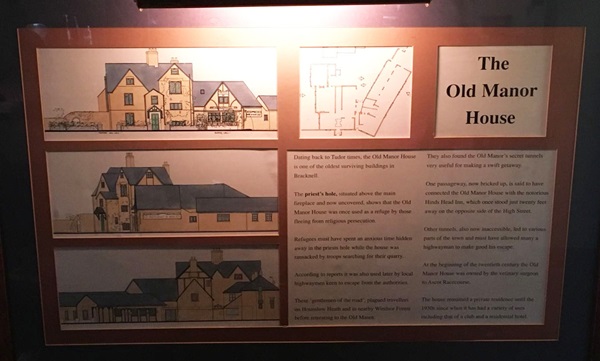
The text reads: Dating back to Tudor times, the Old Manor House is one of the oldest surviving buildings in Bracknell.
The priest’s hole, situated above the main fireplace and now uncovered, shows that the Old Manor House was once used as a refuge by those fleeing from religious persecution.
Refugees must have spent an anxious time hidden away in the priest’s hole while the house was ransacked by troops searching for their quarry.
According to reports it was also used later by local highwaymen keen to escape from the authorities.
These ‘gentlemen of the road’ plagued travellers on Hounslow Heath and in nearby Windsor Forest before returning to the Old Manor.
They also found the Old Manor’s secret tunnels very useful for making a swift getaway.
One passageway, now bricked up, is said to have connected the Old Manor House with the notorious Hinds Head Inn, which once stood just twenty feet away on the opposite side of High Street.
Other tunnels, now inaccessible, led to various parts of the town and must have allowed many a highwayman to make good his escape.
At the beginning of the twentieth century the Old Manor House was owned by the veterinary surgeon to Ascot Racecourse.
The house remained a private residence until the 1930s. Since then it has had a variety of uses including that of a club and a residential hotel.
A print and text about Alexander Pope.
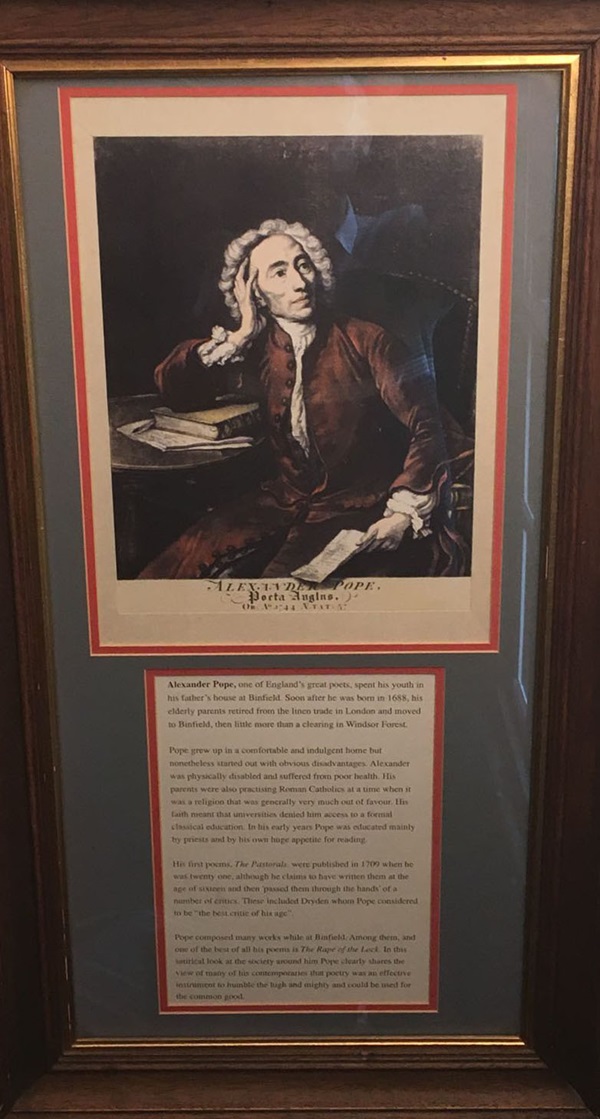
The text reads: Alexander Pope, one of England’s great poets, spent his youth in his father’s house at Binfield. Soon after he was born in 1688, his elderly parents retired from the linen trade in London and moved to Binfield, then little more than a clearing in Windsor Forest.
Pope grew up in a comfortable and indulgent home but nonetheless started out with obvious disadvantages. Alexander was physically disabled and suffered from poor health. His parents were also practising Roman Catholics at a time when it was a religion that was generally much out of favour. His faith meant that universities denied him access to a formal classical education. In his early years Pope was educated mainly by priests and by his own huge appetite for reading.
His first poems, The Pastorals, were published in 1709 when he was twenty one, although he claims to have written them at the age of sixteen and then ‘passed them through the hands’ of a number of critics. These included Dryden whom Pope considered to be “the best critic of his age”.
Pope composed many works while at Binfield. Among them, and one of the best of all his poems is The Rape of the Lock. In this satirical look at the society around him, Pope clearly shares the view of many of his contemporaries that poetry was an effective instrument to humble the high and mighty and could be used for common good.
Prints and text about famous local writers.
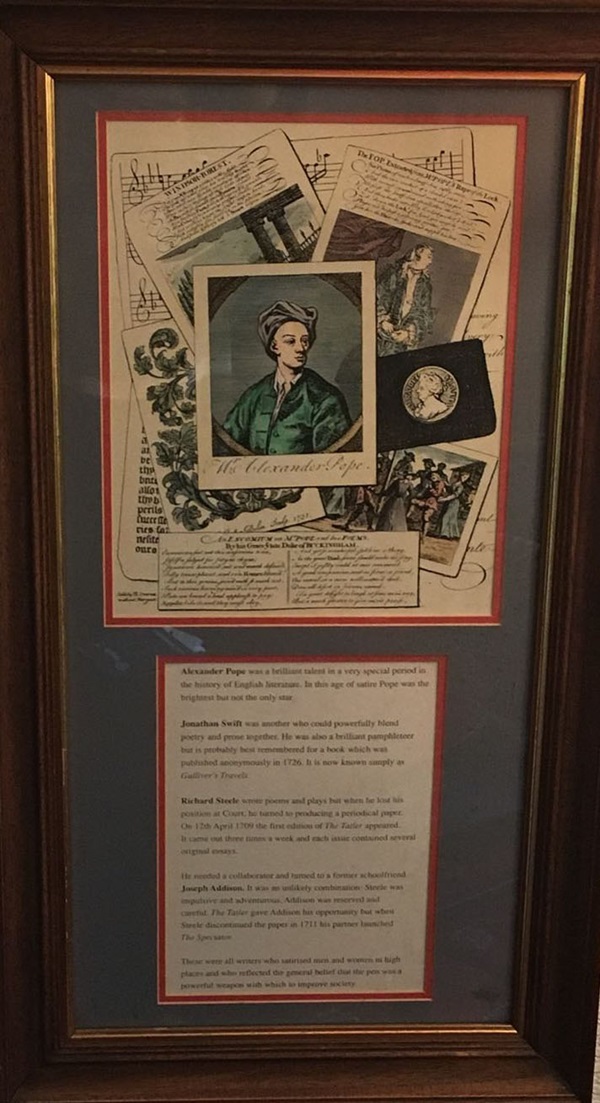
The text reads: Alexander Pope was a brilliant talent in a very special period in the history of English literature. In this stage of satire Pope was the brightest but not the only star.
Jonathan Swift was another who could powerfully blend poetry and prose together. He was a brilliant pamphleteer, but is probably best remembered for a book which was published anonymously in 1726. It is now known simply as Gulliver’s Travels.
Richard Steele wrote poems and plays but when he lost his position at court, he turned to producing a periodical paper. On 12 April 1709 the first edition of The Tatler appeared. It came out three times a week and each issue contained several original essays.
He needed a collaborator and turned to a former school friend Joseph Addison. It was an unlikely combination – Steele was impulsive and adventurous, Addison was reserved and careful. The Tatler gave Addison his opportunity but when Steele discontinued the paper in 1711 his partner launched The Spectator.
These were all writers who satirised men and women in high places and who reflected the general belief that the pen was a powerful weapon with which to improve society.
Illustrations and text about The Globe.
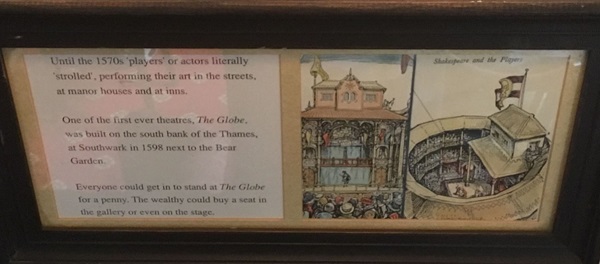
The text reads: Until the 1570s ‘players’ or actors literally ‘strolled’, performing their art in the streets, at manor houses and at inns.
One of the first ever theatres, The Globe, was built on the south bank of the Thames, at Southwark in 1598 next to the Bear Garden.
Everyone could get in to stand at The Globe for a penny. The wealthy could buy a seat in the gallery or even on the stage.
The priest’s hole which is still visible in the pub today.
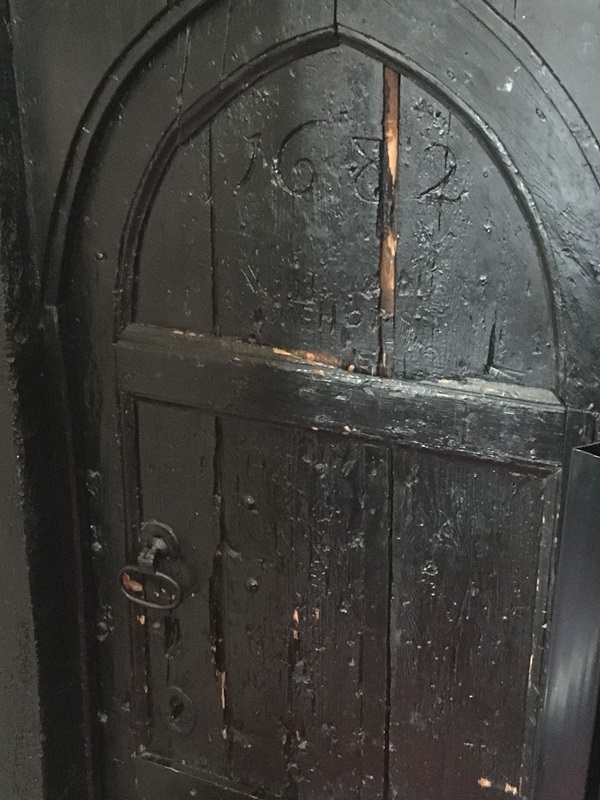
In the dark age of religious persecution the clergy were often hidden in such places as above where sympathetic families, at great risk, sustained them for indefinite periods.
An old food menu used when the pub went by the same name, but was not a JDW pub.
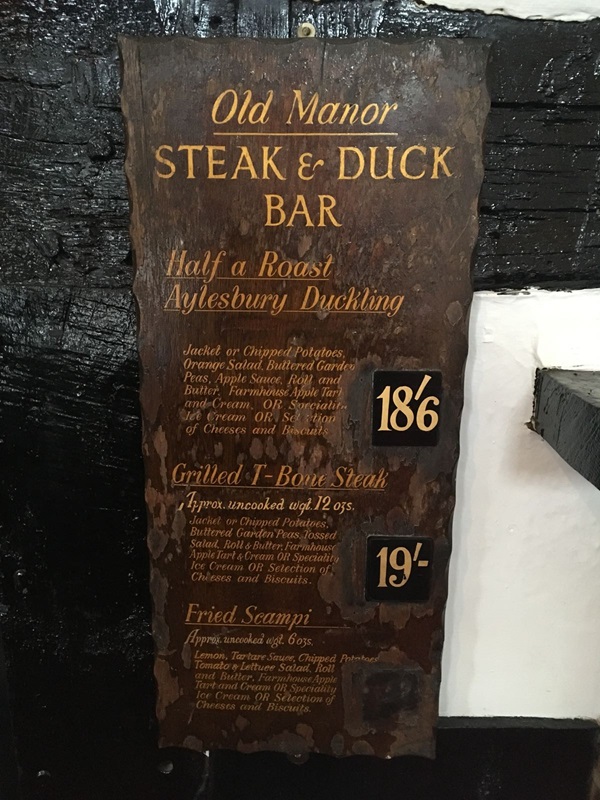
An old drinks menu used when the pub was known as Stable Bar.
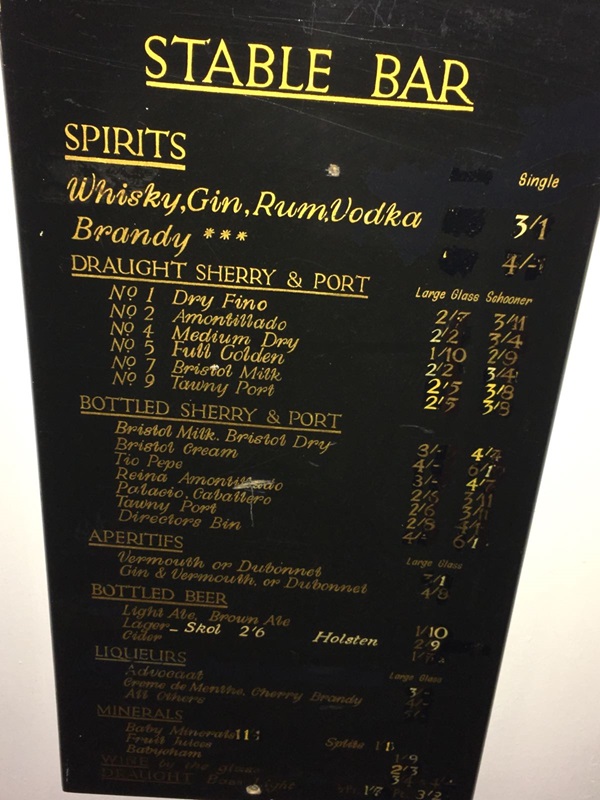
External photographs of the building.
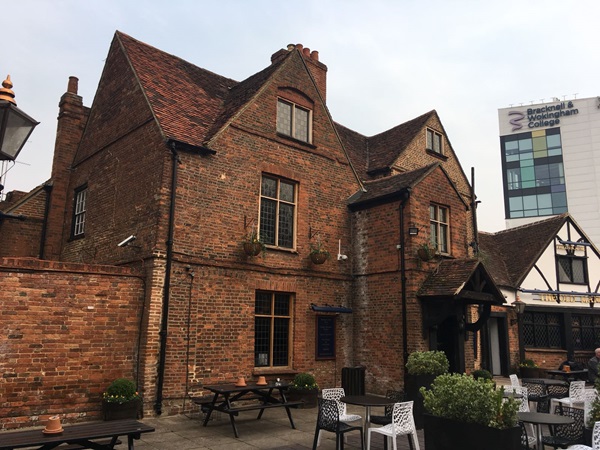
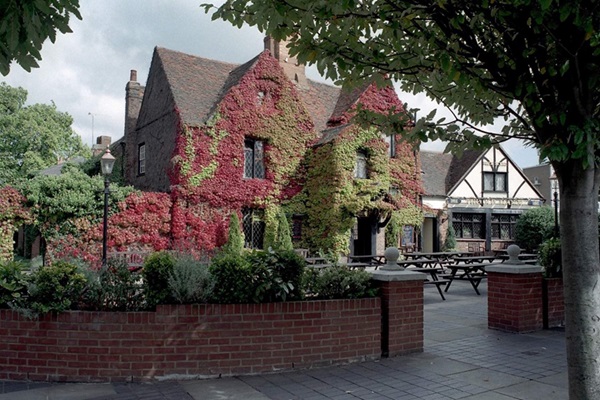
If you have information on the history of this pub, then we’d like you to share it with us. Please e-mail all information to: pubhistories@jdwetherspoon.co.uk